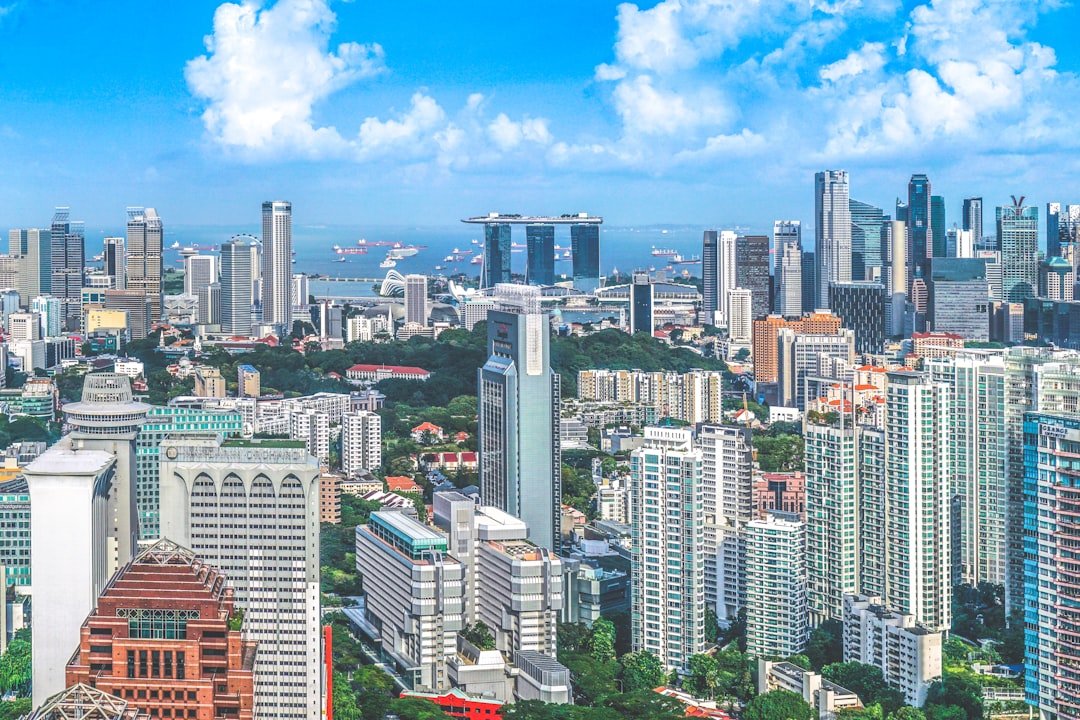An Extensive Perspective on Tehran’s Air Pollution Tehran, Iran’s capital, is a busy city that has serious air pollution problems. With a population of over 8 million, the city’s air quality problems are made worse by heavy traffic, industrial emissions, and geographic factors. Because Tehran is situated in a valley encircled by mountains, its distinct topography frequently traps pollutants, resulting in smog and poor visibility. When temperature inversions occur during the winter, a buildup of dangerous particles in the atmosphere causes this phenomenon to be especially noticeable.
Key Takeaways
- Air pollution in Tehran is a significant issue, with high levels of pollutants such as particulate matter, nitrogen dioxide, and sulfur dioxide.
- Health effects of air pollution in Tehran include respiratory problems, cardiovascular diseases, and increased risk of lung cancer, particularly affecting vulnerable populations such as children and the elderly.
- Environmental impact of air pollution in Tehran includes damage to vegetation, soil, and water, as well as contributing to climate change and reduced visibility.
- Economic impact of air pollution in Tehran is substantial, with costs related to healthcare, lost productivity, and damage to infrastructure and agriculture.
- Government response to air pollution in Tehran includes measures such as vehicle emissions standards, industrial regulations, and periodic air quality monitoring, but more comprehensive and effective policies are needed to address the issue.
Both locals and authorities in Tehran are becoming increasingly concerned about the city’s air quality. According to reports, the city regularly has air pollution levels above the WHO’s recommended limits, especially for nitrogen dioxide (NO2) and particulate matter (PM2.5). The current state of affairs has sparked urgent conversations regarding the necessity of taking decisive action to reduce air pollution and safeguard public health. Knowing the causes and effects of air pollution is crucial for guaranteeing a sustainable future for Tehran’s residents as the city grows and becomes more urbanized. The health effects of Tehran’s air pollution are extensive and severe.
High air pollution exposure has been linked to a number of cardiovascular & respiratory conditions, according to studies. Increased prevalences of asthma, bronchitis, & other chronic respiratory disorders are frequently reported by locals, especially in vulnerable groups like the elderly and children. Tehran is not an exception to the concerning trend that the World Health Organization has linked air pollution to millions of preventable deaths worldwide. It’s also impossible to ignore the psychological effects of residing in a polluted area. Residents’ stress and anxiety levels may rise as a result of their ongoing awareness of the poor quality of the air. When there is a lot of pollution, many people are forced to stay indoors, which can make them feel frustrated and alone.
The combined effects of these health problems have a substantial negative influence on people’s well-being as well as the healthcare system, resulting in higher medical expenses and lost productivity. In addition to harming human health, Tehran’s air pollution has an adverse effect on ecosystems and biodiversity. Acid rain, which has a negative effect on water sources and soil quality, can result from the buildup of pollutants in the atmosphere. This deterioration has the potential to damage regional wildlife and plants, upsetting the delicate ecosystem balance both inside & outside the city. Food safety may also be at risk due to agricultural products becoming contaminated by heavy metals & other harmful substances found in the air.
| Year | PM2.5 Levels (µg/m³) | Nitrogen Dioxide Levels (µg/m³) | Health Impact |
|---|---|---|---|
| 2015 | 76 | 48 | Increased respiratory diseases |
| 2016 | 82 | 52 | Higher risk of heart diseases |
| 2017 | 78 | 50 | Reduced life expectancy |
| 2018 | 75 | 47 | Increased hospital admissions |
Air pollution also increases greenhouse gas emissions, which fuel climate change. Carbon dioxide (CO2) levels are rising along with other pollutants, which is made worse by Tehran’s reliance on fossil fuels for energy & transportation. Urbanization and environmental deterioration combine to form a vicious cycle that jeopardizes not just the local environment but also the ecological stability of the entire planet. It is imperative that these environmental effects be addressed in order to create a healthier planet for coming generations. There are numerous and substantial economic effects of Tehran’s air pollution.
Due to illness-related absences or decreased efficiency, poor air quality can result in lower productivity. Businesses that depend on outdoor labor are especially at risk because workers might not be able to carry out their jobs when pollution levels are high. Overall growth and development may be impacted by the economy as a whole as a result of this drop in worker productivity. Public funds may also be strained by the expenses of treating illnesses linked to pollution. Significant financial resources are allotted by the Iranian government to address health problems brought on by air pollution, taking funds away from other vital sectors like infrastructure development and education. Also, as tourists grow more conscious of Tehran’s air quality issues, tourism may decline, which could result in lower profits for nearby companies that depend on the travel industry.
The financial toll that air pollution takes highlights how urgently comprehensive plans to lessen its effects are needed. The Iranian government has taken a number of steps to improve Tehran’s air quality in response to the growing air pollution crisis. Stricter vehicle emissions laws, support for public transit, and investments in cleaner energy sources are some of these initiatives. Also, the government has made an effort to increase public awareness of the significance of lowering the use of private vehicles and promoting carpooling and cycling as alternatives.
There are still obstacles in the way of successfully implementing rules and bringing about significant change, notwithstanding these efforts. Progress is frequently hampered by bureaucratic inefficiencies, corruption, and a lack of funding. Also, because many locals depend on private vehicles because of insufficient public transportation infrastructure, public compliance with regulations can vary. To overcome these challenges, the government’s approach must change while encouraging cooperation amongst different stakeholders, such as individuals, corporations, & environmental groups.
In Tehran, a number of programs have been launched to lower air pollution and encourage citizens to adopt sustainable lifestyles. The development of public transportation networks, such as buses and metro lines, is one noteworthy initiative aimed at reducing dependency on private automobiles. The goal is to encourage more people to choose public transportation instead of adding to traffic jams and emissions by making it more accessible and effective. The creation of green spaces has also become more popular as a strategy to reduce urban pollution.
In addition to improving the city’s visual appeal, planting trees and establishing parks also helps the air quality by absorbing pollutants. Residents now have the ability to actively participate in environmental improvement thanks to the emergence of community-driven initiatives that emphasize urban gardening and environmental education. These programs show a growing understanding of the need for group efforts to address the complicated problem of air pollution. Fighting Tehran’s air pollution requires a strong public awareness campaign. In recent years, educational initiatives to educate locals about the causes and consequences of air pollution have accelerated.
Local governments, schools, and community organizations have joined forces to spread knowledge about how people can make small lifestyle adjustments to help create cleaner air. Also, social media sites are now effective instruments for spreading knowledge about problems with air quality. These platforms are used by activists and concerned citizens to disseminate up-to-date information on pollution levels, promote legislative changes, and spur neighborhood action. Tehran’s citizens are becoming more empowered to hold their leaders accountable and accept personal responsibility for their influence on the quality of the air by cultivating an environmentally conscious culture.
Although the outlook for Tehran’s air pollution is still unclear, proactive steps could lead to an improvement. In order to gradually reduce emissions, it will be crucial to keep funding sustainable infrastructure, such as efficient public transit systems and renewable energy sources. Also, encouraging cooperation between public & private sectors as well as civil society will be essential to creating all-encompassing plans that take into account both short-term issues and long-term sustainability objectives.
But there are still issues that, if not resolved, could impede advancement. Funding for environmental projects may be constrained by economic forces, & attempts to enact essential reforms may be hampered by political unrest. However, there is optimism that Tehran can overcome these obstacles given the growing public awareness and support for cleaner air. Clean air will not only be an ideal but a reality for all of the city’s citizens in the future if environmental health and economic development are given equal priority.


